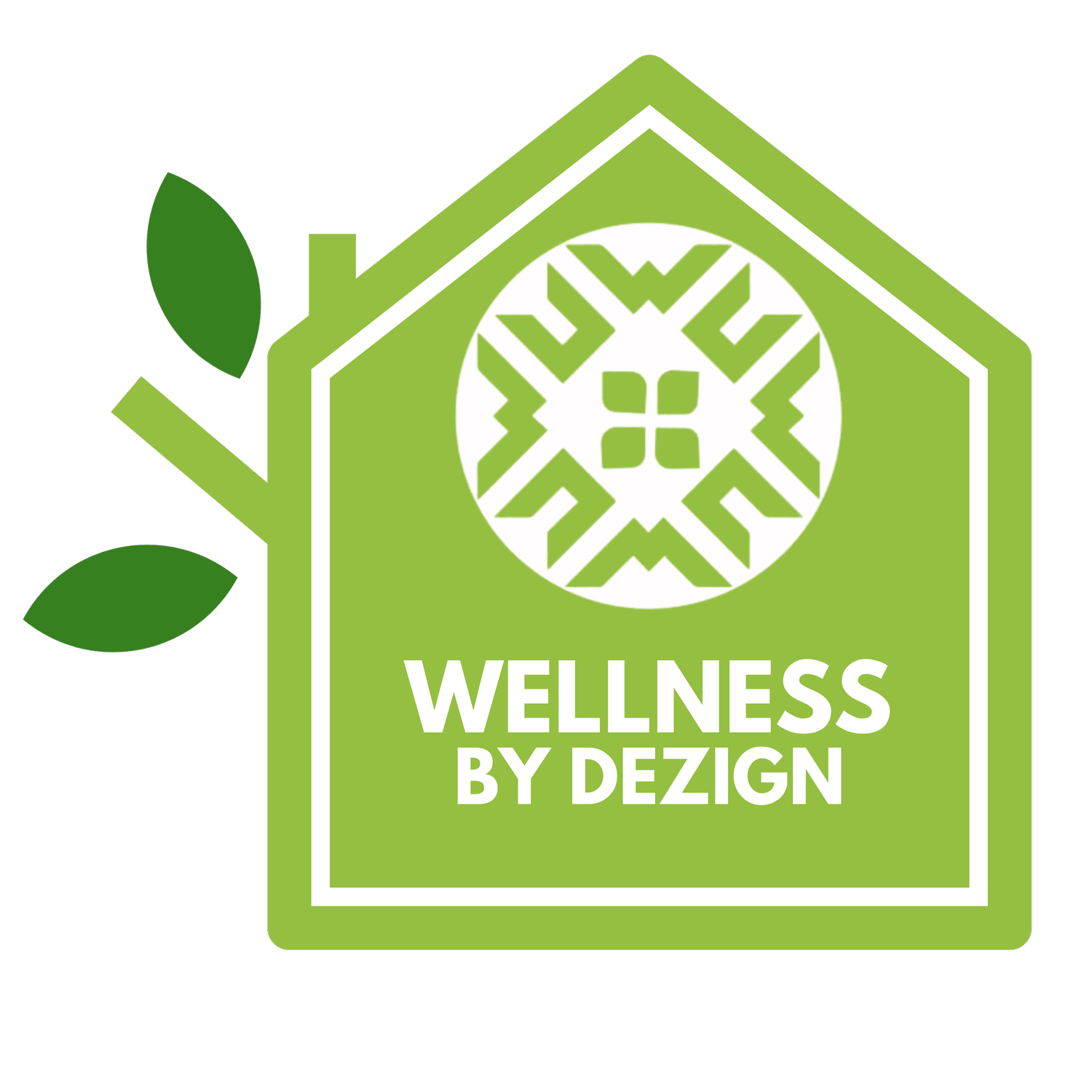Youth Wellness Reimagined
In 2025, the Global Wellness Institute’s Wellness for Children Initiative has spotlighted a powerful shift in how wellness is being reimagined for young people. With rising rates of anxiety, screen fatigue, and social disconnection among children and teens worldwide, wellness is no longer a luxury—it’s a necessity. The latest trends reveal a collective effort to nurture not just physical health, but emotional, mental, and social wellbeing through inclusive, low-barrier, and often playful interventions. From digital detox retreats to sensory-friendly travel and teen-tailored spa programs, the focus is on meeting youth where they are—with empathy, creativity, and intention. These trends aren't just reshaping how we think about wellness—they're redefining childhood itself. Below is a list of youth wellness trends according to the GWI.
2025 Key Trends in Youth Wellness
Teen Activities for Mental Health
Teens today are experiencing unprecedented levels of stress, anxiety, and emotional dysregulation—largely due to academic pressure, social media, and post-pandemic instability. Recognizing this, wellness programs are increasingly centering mental health through low-stigma, high-impact experiences.
Examples:
Spas and wellness centers now offer teen-specific treatments—like aromatherapy massage, float tanks, halotherapy (salt therapy), and chromotherapy (light therapy)—that encourage emotional release and nervous system regulation.
Teen clubs focused on creativity and connection—like anime clubs, journaling groups, and quiet reading lounges—offer social wellness with minimal pressure.
Schools are integrating “wellness Wednesdays,” offering yoga, breathwork, and open dialogue spaces.
Volunteering opportunities for teens can promote a sense of purpose and social connection and can boost self esteem.
China’s “Reverse Consumption” Trend
According to the Global Wellness Institute, Chinese youth are embracing financial mindfulness as a form of wellness in response to economic uncertainty and consumer fatigue. They’re forming communities around saving, minimalism, and making low-cost living aspirational—not shameful.
Examples:
Online clubs dedicated to “low-spend months,” skill-sharing, and thrift-swapping.
Apps like Xiaohongshu (Little Red Book) are promoting minimalist lifestyles and #slowconsumer hashtags.
DIY wellness, like herbal teas, homemade face masks, and zero-cost nature walks, are being celebrated over luxury items.
“Lazy Health”: Low-Effort, Low-Cost Wellness
The pressure to constantly optimize one’s health is itself a stressor—especially for teens. “Lazy health” embraces simple, accessible actions that support wellbeing without perfectionism or heavy structure.
Examples:
Foot soaks at home, aromatherapy balms, or guided sleep meditations that require minimal effort.
Wellness “snacks”: short walks, deep breaths, 3-minute journaling sessions.
Social media campaigns like #WellnessInPJs encourage kids to see self-care as something cozy and achievable, not performative.
Analog Wellness & Digital Detox
The overuse of screens is leading to attention challenges, poor sleep, and a decrease in real-world interaction. As a counterbalance, analog wellness encourages kids and teens to “unplug to reconnect”—not just with others, but with their own bodies and minds.
Examples:
Digital detox retreats, such as those organized by Rewire in the UK, take teens camping or surfing—no phones allowed.
Mindfulness tools like sensory journals, breath cards, and emotion wheels are being used in both schools and home environments.
Events like World Digital Detox Day raise awareness about screen dependency and model healthy tech boundaries.
Bathhouse Revival & Social Wellness in Europe
Post-COVID, youth in Europe are gravitating toward communal wellness spaces like saunas and bathhouses—not just for physical relaxation but to address a crisis of loneliness and emotional disconnection. This trend reflects a growing need for ritual, presence, and shared downtime.
Examples:
In countries like Finland and Germany, communal saunas are welcoming youth-friendly hours and wellness programming.
Spa parties for teens are growing in popularity, blending relaxation with friendship in a mindful environment.
Sound baths and group aromatherapy sessions provide sensory calm while building social bonds. This can also be achieved during yoga classes and retreats.
Inclusive Family Wellness & Sensory-Safe Travel
Families with neurodivergent or highly sensitive children often avoid traditional wellness destinations due to overstimulation or lack of accommodations. The trend toward inclusive design and programming means more families can now experience wellness together.
Examples:
Resorts like Canyon Ranch (U.S.) and Zulal Wellness Resort (Qatar) offer family-tailored programs that support both adult rejuvenation and child wellbeing.
Sensory-inclusive certifications (like KultureCity) ensure that public spaces are equipped with noise-reduction tools, quiet zones, and staff training.
Spa kits for kids that include weighted blankets, noise-canceling headphones, and sensory-friendly textures are gaining traction.
These emerging trends are not just reactive—they’re visionary. They challenge the myth that wellness is elitist or expensive. These trends center emotional and sensory needs that were long ignored in mainstream wellness. They create a space for intergenerational healing, allowing parents and children to grow together as well as laying the groundwork for lifelong habits that are both nurturing and sustainable.
The “Wellness for Children” trends for 2025 by the GWI reflects a deepening global understanding that the future of wellbeing begins in childhood. By prioritizing mental health, promoting real-world connection, and designing experiences that include all children—regardless of ability or background—this initiative shows a hopeful path forward. Whether it’s a foot soak after school, journaling to process emotions, or gathering with peers in nature, today’s wellness tools are becoming more accessible, inclusive, and aligned with what kids genuinely need. As these trends continue to take root, they offer not only relief for a stressed generation but a blueprint for raising healthier, happier, and more resilient humans.
Discover The Imagine Project™
The Imagine Project is a 501(c)(3) organization dedicated to helping kids, teens, and adults navigate difficult life circumstances through expressive writing. Their website has videos and testimonials and it features Imagine Journaling: a 7-step process that can be used in schools, or at home, for people of all ages.
Check out and download the Imagine Project’s FREE Imagine Journals™: one each for Children, Teens and Adults!






